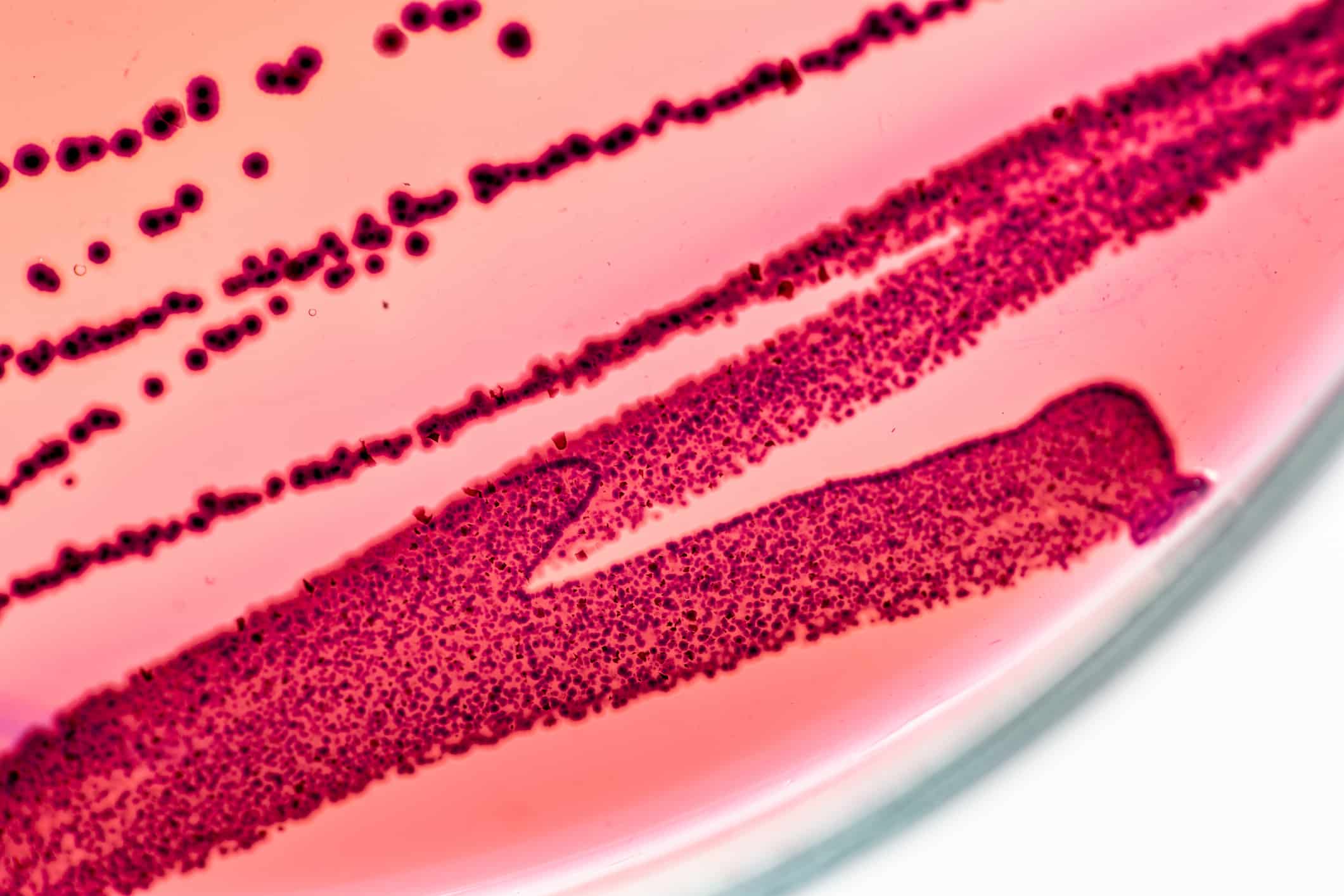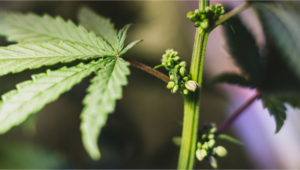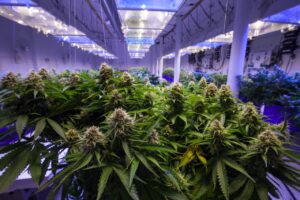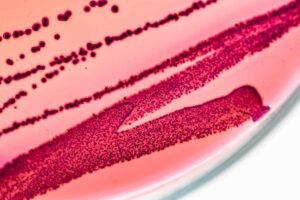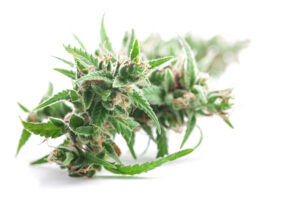Employees in cannabis production facilities are exposed to large quantities of ground product, which may trigger asthma, allergic rhinitis, and urticaria. In November 2023, the CDC reported a fatal occupational asthma attack suffered by an employee at a Massachusetts cannabis production facility.
The subsequent investigation did not determine a definitive cause for the condition; however, the report did mention investigators tested the air for levels of endotoxin, “a pro-inflammatory contaminant associated with gram-negative bacterial growth on organic materials such as cannabis flower”.
This piqued our interest. As a provider of cannabis pathogen testing technology we understand that as much as 40% of bacteria found on cannabis flower are gram-negative bacteria capable of producing endotoxin. Yet, there are currently no regulations requiring endotoxin testing on cannabis. On the other hand, mycotoxin testing in cannabis is required in some jurisdictions.
We also know that there is a growing number of cannabis cultivators who are using remediation techniques (irradiation, ozone treatment, acid treatment, hydrogen peroxide treatment, etc.) to reduce microbial load on cannabis material and pass compliance testing. This left us with the following questions:
- How much endotoxin is present on store-bought cannabis flower?
- Could remediation techniques mask the problem?
- Are endotoxins harmful to cannabis consumers?
What level of endotoxin is present on store-bought cannabis flower?
We sourced cannabis samples from a local dispensary as well as non-dispensary hemp samples and tested them for endotoxins using Thermo’s Quant-IT endotoxin detection assay. We found endotoxins on all the tested samples, ranging from ~5,000 EU/g to ~500,000 EU/g. These levels are orders of magnitude higher than the limit set by the Dutch Expert Committee on Occupational Safety (DECOS): 90 EU/m^3.
Could remediation techniques mask the problem?
Next, we tested the samples for aerobic bacteria using our PathoSEEK Total Aerobic Count Detection Assay with and without Grim Reefer, a DNase treatment designed to eliminate DNA from dead microbes. When samples have lower microbial levels after Grim Reefer treatment, it could be an indication of remediation.
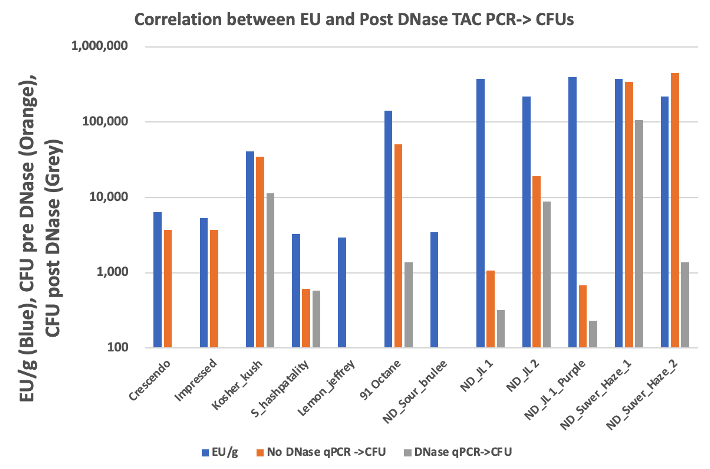
The results showed that dispensary samples were lower in microbial load and 1-2 orders of magnitude lower in endotoxin levels when compared to the non-dispensary hemp samples. However 91 Octane was a clear exception. Not only did it have the highest levels of endotoxins in the dispensary samples, but it also showed clear signs of remediation with a large difference in live vs dead qPCR. Additionally, Crescendo and Impressed samples showed signs of remediation, albeit with lower endotoxin levels. These results suggest that testing for viable bacteria alone will not address endotoxin risk.
This is a preliminary survey and should be further investigated and cross-validated with other endotoxin detection methods, such as mass spectrometry.
Are endotoxins harmful to cannabis consumers?
Given the prevalence of endotoxin measured in this study and the widespread use of cannabis without immediate adverse events for all users, we suspect the number of consumers and patients at risk may be limited to those with compounding conditions, such as asthma. However, additional research into endotoxin levels in cannabis smoke and vapor may be worth exploring.
Cannabis production employees may be at the greatest risk, and The National Institute for Occupational Safety and Health (NIOSH) named endotoxin as an occupational risk for cannabis trimmers. HEPA filters and PPE are certainly prudent steps, but clean cultivation practices that limit microbial growth are best. As this preliminary results suggest, relying solely on remediation techniques to mitigate microbial risk is not enough. If your facility is struggling with controlling microbial contamination, we can recommend vendors who specialize in decontamination and clean growing techniques.

